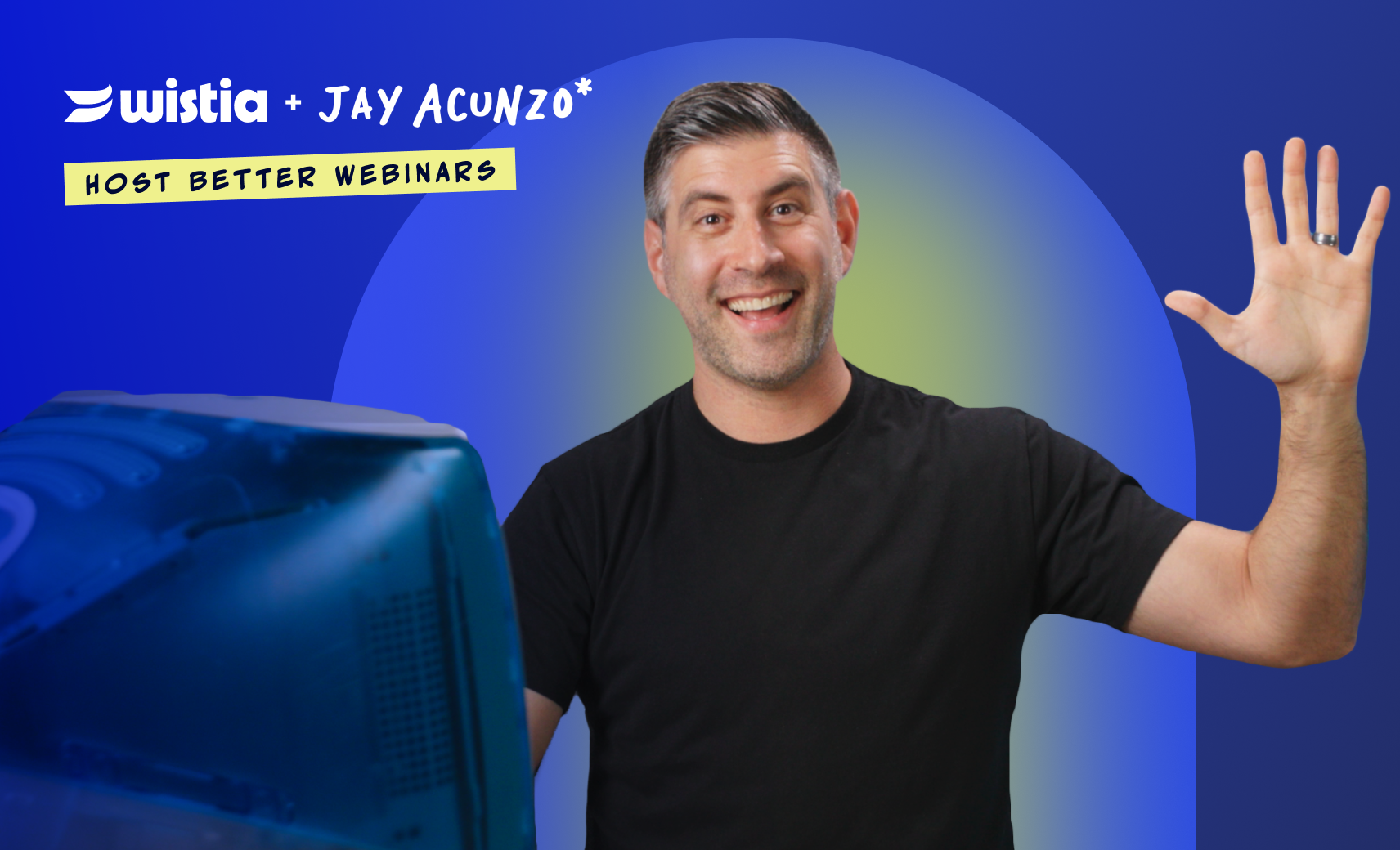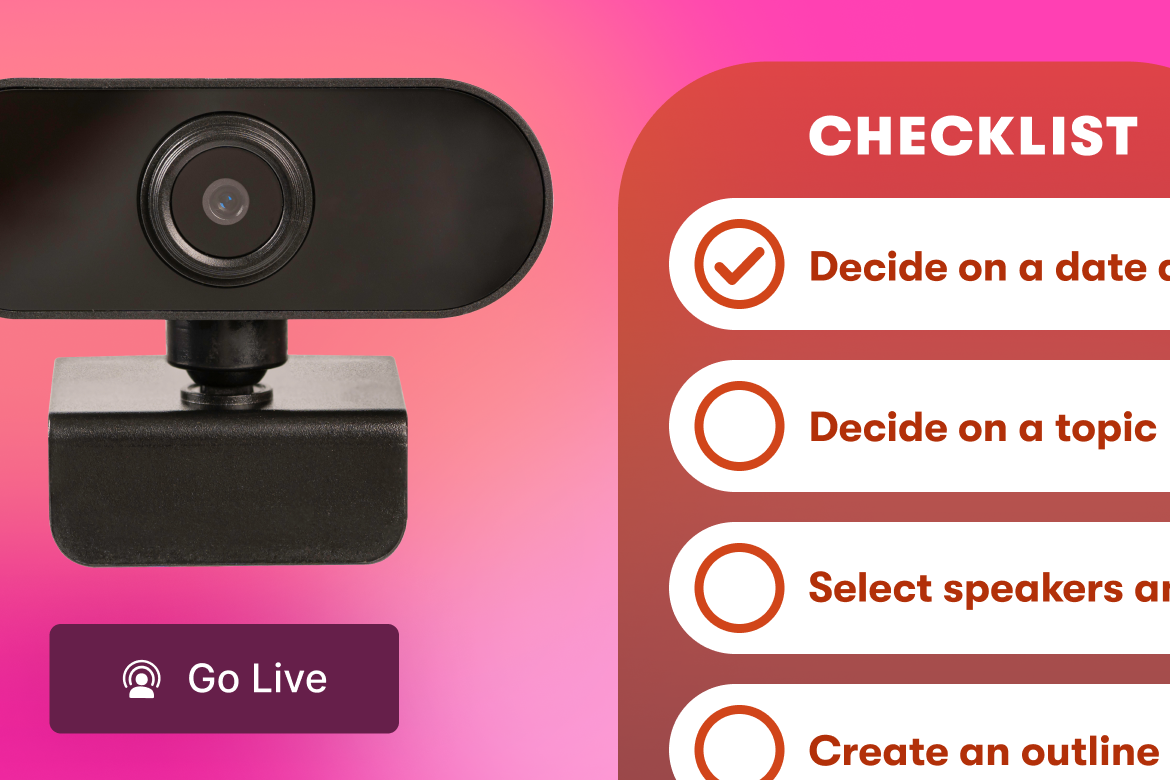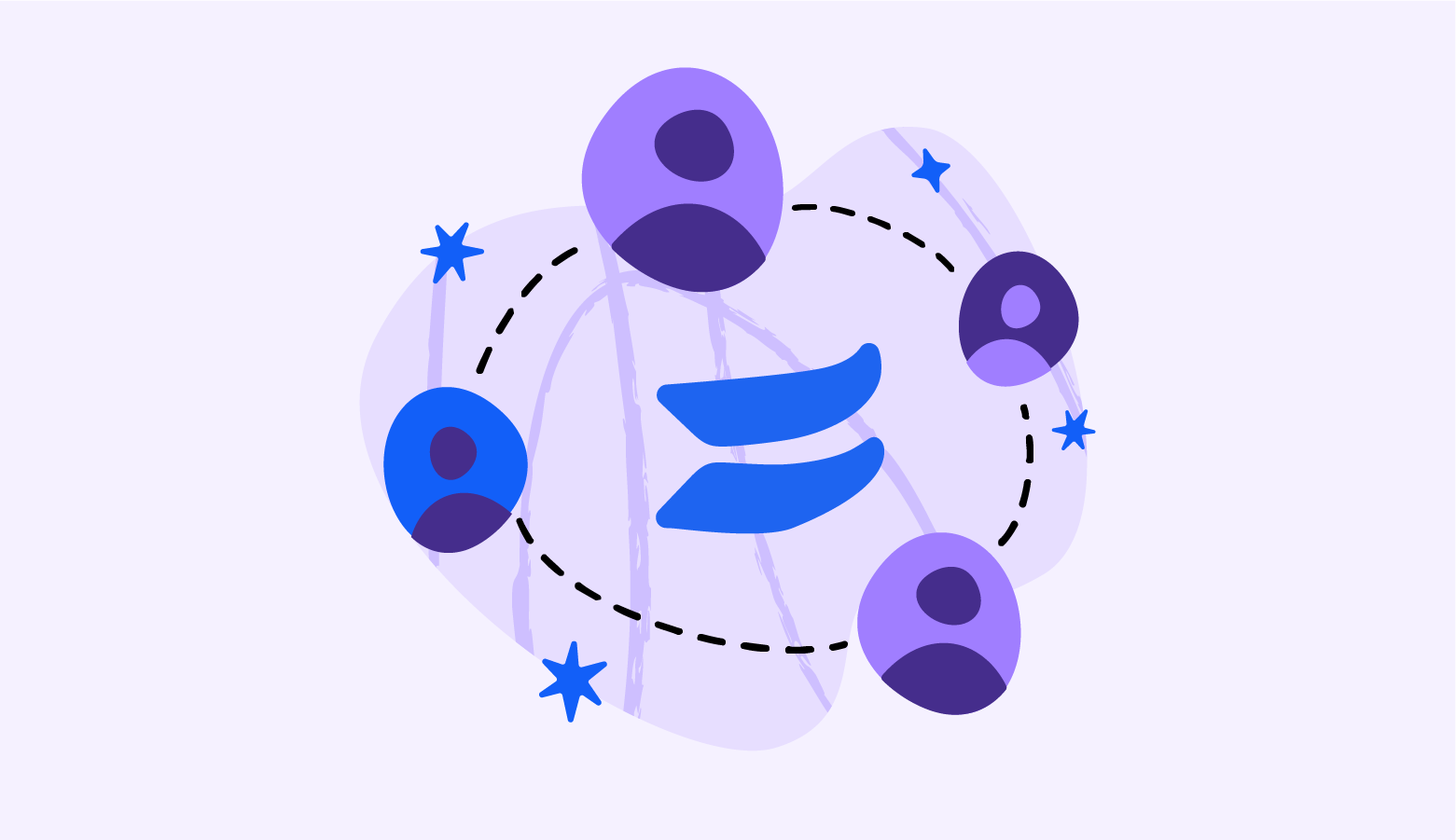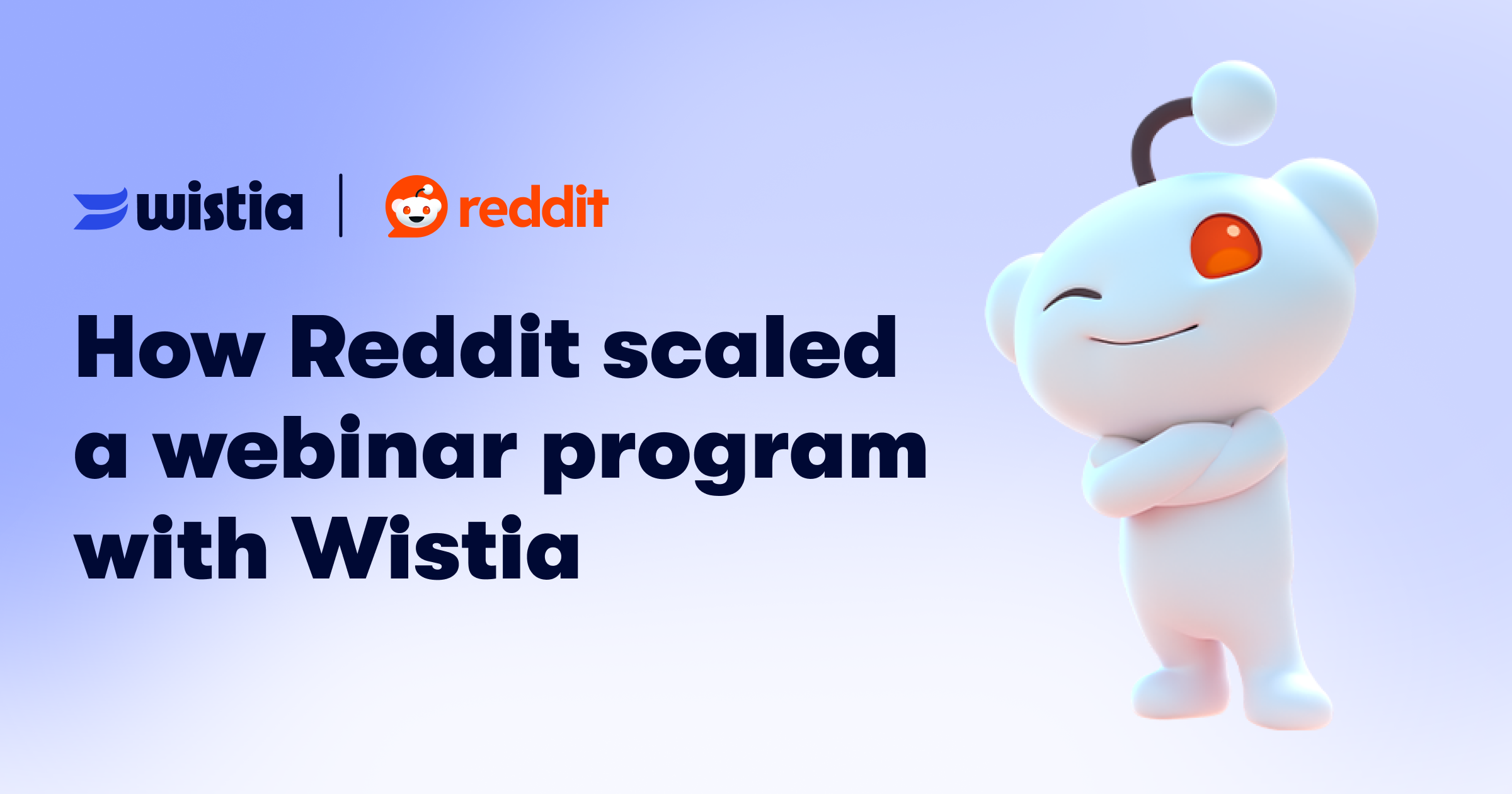LLM-Friendly Embeds: Get Found in AI Search
November 11, 2025
Topic tags
SEO isn’t just about Google anymore. Tools like ChatGPT, Claude, Perplexity, and Gemini are shaping how people discover information. We’ve entered a new era of search powered by large language models (LLMs).
LLM Optimization is becoming just as important as Search Engine Optimization. So how do you do it?
Getting LLMs to watch or understand your videos is unfortunately not as simple as publishing them on YouTube or embedding them on your website. You need to find a way to deliver the video content in a way that’s readable by LLMs, and that’s just what Wistia LLM-friendly embeds help you do. But first, let’s talk about why search looks so different today and how you can still make sure your videos get the visibility they deserve.
Can ChatGPT watch videos?
No, not yet. Videos embedded on a website or published on platforms like YouTube use JavaScript or an iframe to load. A human or more advanced browser-based crawler will see a video on the page, but the crawlers from LLMs like ChatGPT will skip right over it. It might be able to pull information from a video’s title and description, or from sources referencing the video on the open web (like an article), but the content within the video is lost…it’s just an empty box of code.
Can ChatGPT summarize a YouTube video?
Not really. ChatGPT can’t access YouTube video data beyond the basics: title and description. They can scour the web for mentions of the video and, in some cases, the transcript if a user directly requests it. But it doesn’t crawl or train on YouTube transcripts the way it does with the rest of the public web.
That means even if your videos are on YouTube (or embedded on your site using a YouTube player) they’re invisible to LLMs. ChatGPT simply can’t “see” what’s inside them. YouTube’s Terms of Service also restrict large-scale scraping or reuse of video data, so this limitation isn’t likely to change.
Why this matters right now
People are going beyond a Google search and increasingly turning to conversational AI for answers. So, the way we think about video discoverability needs to evolve, too.
We need to find a way to:
- Make your videos visible to AI crawlers.
- Ensure your videos are still visible to Googlebot and other established search engine crawlers
- Keep content delivery speedy and high quality for all human users.
Introducing LLM-friendly embed codes
This is where Wistia’s new LLM-friendly embeds come in. We built a simple, elegant solution that lets AI tools “see” and understand your video content without changing the viewing experience for your audience. They expose the transcript and context right on the page, so your content is visible to both human visitors and AI tools like ChatGPT. Think of it as video SEO for the AI era.
Here’s how it works:
- You embed your Wistia video like normal, just select our new LLM-Friendly embed code option and then copy and paste that on your site of choice.
- Behind the scenes, the embed includes structured transcript data that AI can read — but humans don’t see.
- When an LLM crawls your page, it gets a full understanding of your video’s content, context, and key takeaways. It can even give searchers a time-stamped breakdown of your video. Pretty cool!
So next time someone asks ChatGPT about a topic your video covers, your content can be the star of the show.
How can I get ChatGPT to analyze videos?
For ChatGPT to actually read and understand a video, you need to provide it with information it can read and understand. That means in the form of static HTML text loaded directly from the server.
Wistia’s LLM-Friendly embeds include your video’s transcript in plain HTML, right where your video player loads, so LLMs can read the video transcription just as if it were page copy on the web.
The embed includes a plain text version of the transcript of the video, which sits within the frame where the video player is eventually loaded. As the page loads, the player swiftly renders and swaps out the text for the video, so there’s no discernible visual impact for the viewer.
The upshot of this is that crawlers like ChatGPT, Claude, and Perplexity that are unable to render JavaScript can now understand the contents of the video through a transcript in plain HTML text.
And this means your content can show up in AI-driven results.
Is there a negative impact to SEO?
There is no negative impact to SEO for this embed type. Schema.org markup is still included for traditional search, so you don’t lose any SEO value.
When the player loads, so does the JavaScript that injects Schema.org data into the head of the page, and Googlebot can crawl and read the video as normal.
Because more content loads before playback, there’s a small trade-off in page loading speed, but it’s too small to have any meaningful impact on search performance by itself.
We think the benefits of your content being discoverable by LLMs are well worth it.
Are LLM-Friendly embeds a form of cloaking?
No, this isn’t cloaking. That would involve showing different things to search engines than to users, either through IP/User-agent detection or manipulating JavaScript to deliberately hide content.
Here, the same content is being delivered through different mechanisms, so it can be interpreted based on the person or not person, like an AI agent, who’s consuming the video.
In this case, the HTML transcript acts as a fallback for the video player when a browser is unable to execute JavaScript.
Is this against Google’s terms of service?
No, this is not against Google’s terms of service.
Future-proofing your video SEO
We’re probably a few years from ChatGPT, Claude, Perplexity, and other LLMs being able to read and index metadata and JavaScript in a way comparable to the current version of Googlebot. As Gemini is owned by Google, we can also expect continued integration with its database and the core Google index going forward.
Thankfully, Wistia has been helping businesses make videos discoverable since we introduced SEO-optimized embeds way back in 2009, and updated our inline and popovers embed to accommodate Schema.org markup via JSON-LD in 2015.
Whenever ChatGPT and other LLMs catch up with Googlebot and begin reading structured data in the same way, our existing technology will be ready to account for that change. And your content will already be optimized and ready to show up in their results.
Just like it’s meant to be.






